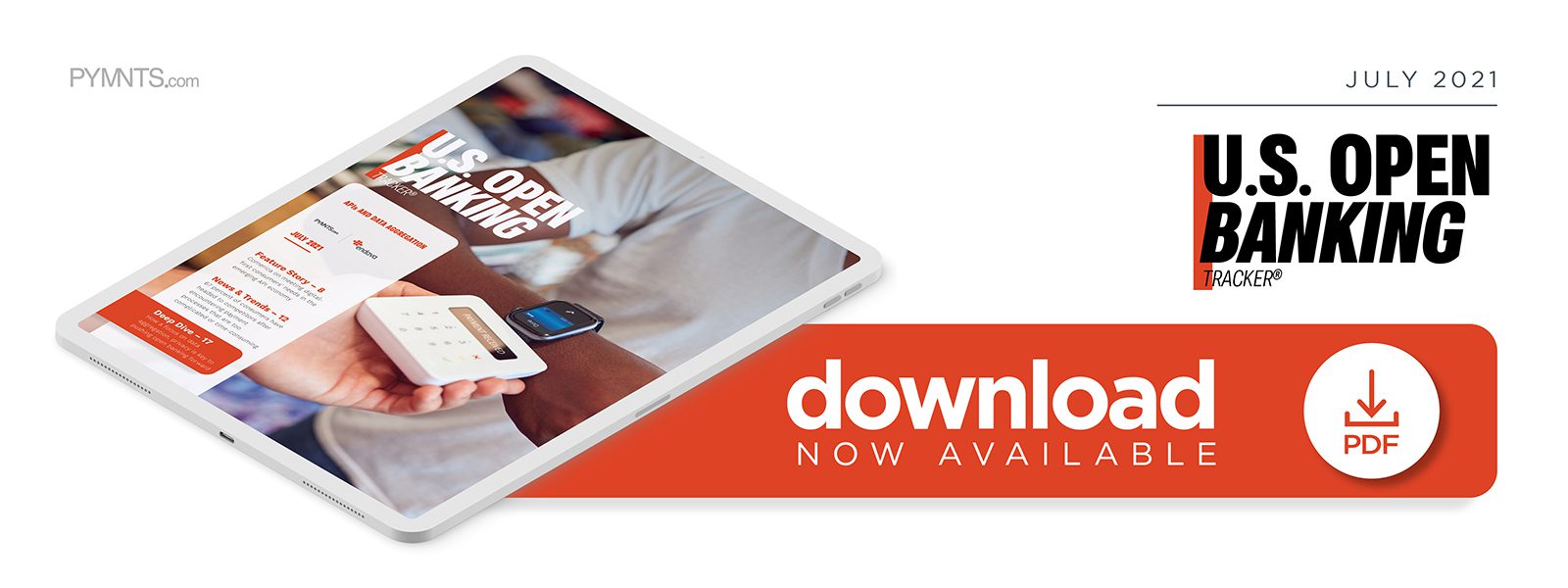Deep Dive: Why Opening The Door For Data Aggregation, Digital Privacy Is Key To Pushing Open Banking Forward

The events of the past year caused many consumers and the businesses and financial institutions (FIs) serving them to reexamine how they manage their typical shopping, payments, and other financial tasks. Fifty-two percent of consumers in one 2020 study expressed a desire for better control over their personal finances, including the private banking or personal data associated with them. Forty percent of those surveyed also indicated that the pandemic had shifted the way they think about data privacy.
Knowing which entities are accessing data and why is clearly becoming more important to consumers. This shift coincides with their expanded use of services underpinned by application programming interfaces (APIs) or other open banking technologies. One recent study found that nearly two-thirds of consumers have been using mobile banking apps more often since the start of 2020, and 88 percent of this group plan to maintain this behavior going forward. Another PYMNTS report confirmed a growing interest in open banking, finding 65 percent of consumers between the ages of 31 and 42 said they would be likely to sign up for open banking accounts with companies such as Apple or Google, for example.
Responding swiftly to these changing needs and information-sharing preferences is key for banks and merchants, especially as U.S. lawmakers begin to examine open banking’s data-sharing technologies more closely. Entities are additionally scrutinizing business mergers and consumers’ abilities to have transparent and secure access to their personal information, meaning that FIs and merchants alike must find ways to meet expanding regulatory requirements and keep pace with users’ demands.
The following Deep Dive analyzes the increasing focus on open banking and its potential benefits — including swifter payments and deeper consumer relationships via improved data aggregation — in the U.S. and what merchants and banks can do to ensure that they are properly meeting clients’ payment and security needs in this changing environment.
Data Aggregation’s Role In Open Banking Expansion
Digital banking adoption is clearly still expanding, even as the APIs and other open banking technologies that underpin these services remain opaque to customers. Studies predict that more than 75 percent of U.S. consumers — approximately 196.8 billion individuals — will be using digital banking services by the end of 2021. Another survey conducted by the Financial Data Exchange reported that 16 million consumers across Canada and the U.S. are now leveraging its API for open banking or finance data sharing.
Consumers may not be asking for open banking, per se, but they are certainly asking for the convenience and control it brings as more of them begin relying on digital channels to meet their financial needs. Fifty-two percent of individuals globally do not know what open banking means, yet 80 percent are reportedly utilizing mobile
banking apps, which APIs or related technologies typically support. Consumers have also become more comfortable turning to FinTechs or third-party apps for their banking needs, with 68 percent of customers in one 2019 survey claiming they would consider using financial products from nontraditional companies. A July 2020 study further found that the pandemic had raised expectations for 68 percent of consumers about companies’ digital capabilities.
U.S. banks are well aware of the need to match consumers’ changing expectations for speed and convenience online, evidenced by a 25 percent average increase in their technology spending in 2021 compared to 2020 levels. Many banks have focused on data aggregation and its role in achieving this speed and seamlessness, but data aggregation
hinges on consumers’ trust that banks protect their privacy. FIs and their merchant partners thus need to provide online payments and other financial services that are convenient and secure in the minds of consumers, making robust authentication a must. Aggregating more data can help banks better determine that consumers are who they say they are, allowing them to use emerging authentication methods, such as biometrics, that can support faster payments. Exploring exactly how data aggregation fits into open banking will need to be a top priority for FIs as the U.S. open banking landscape unfolds.
Open Banking Education And Secure Payments
U.S. regulators have taken notice of the greater priority consumers are placing on digital privacy. The Biden administration recently put into place an executive order that will focus on the data that banks are collecting and whether consumers can access it easily. The rule aims to allow consumers to switch banks with more ease, an extension of standards first put into place after the 2008 financial crisis. The Consumer Finance Protection Bureau (CFPB) is responsible for enforcing them. Federal officials are placing more emphasis on how data is being shared among banks, particularly how it is being made available to consumers. The federal executive order also comes after several U.S. states, including California and Colorado, passed consumer privacy and cybersecurity laws that will enforce new standards on how information can be sent or stored within their borders. Banks must be sure they meet both these emerging standards and consumers’ shifting needs without adding any friction to their customers’ experiences.
Therefore, it is crucial for banks to figure out how to balance the changing needs of their customers, many of whom are expecting swift and transparent payment experiences from their FIs. Determining how best to achieve that may require bringing consumers and businesses further into the emerging open banking sphere. Developing robust educational tools that help show consumers the inner workings of open banking technologies, how their data is stored and shared and how this enables swifter payments and more secure authentication may be essential for FIs’ success as open banking continues to expand.
